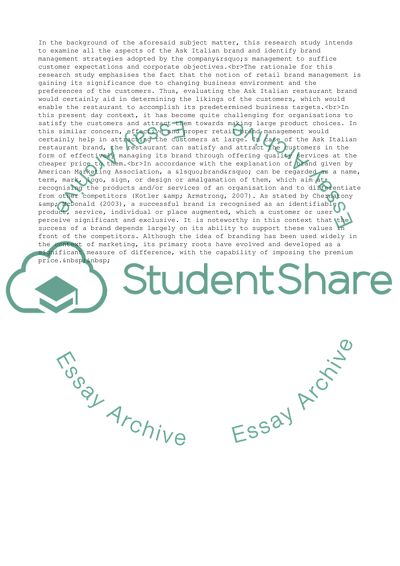Cite this document
(The Ask Italian Retail Brand Management Book Report/Review, n.d.)
The Ask Italian Retail Brand Management Book Report/Review. Retrieved from https://studentshare.org/management/1826008-the-ask-italian-retail-brand-management
The Ask Italian Retail Brand Management Book Report/Review. Retrieved from https://studentshare.org/management/1826008-the-ask-italian-retail-brand-management
(The Ask Italian Retail Brand Management Book Report/Review)
The Ask Italian Retail Brand Management Book Report/Review. https://studentshare.org/management/1826008-the-ask-italian-retail-brand-management.
The Ask Italian Retail Brand Management Book Report/Review. https://studentshare.org/management/1826008-the-ask-italian-retail-brand-management.
“The Ask Italian Retail Brand Management Book Report/Review”, n.d. https://studentshare.org/management/1826008-the-ask-italian-retail-brand-management.


